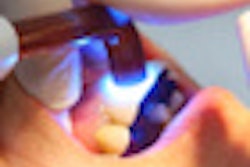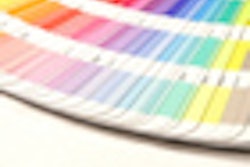Artificial gingiva is recommended for more precise color matching and color reproduction with all-ceramic crowns, according to a new study in the Journal of Esthetic and Restorative Dentistry (September 14, 2012).
The optical effects of gingival tissue on all-ceramic crowns have never been fully studied, according to the study authors, from Harvard University School of Dental Medicine and West China College of Stomatology.
Using a spectrophotometer, the researchers measured the color values of 31 all-ceramic crowns of differing shades on a typodont with artificial gingiva (control group) and without artificial gingiva (test group). CIELAB color coordinates (L*, a*, b*) were collected from the gingival margin's upper, middle, and lower cervical regions, and color difference values (ΔE*) were calculated for each cervical region between the test and control groups.
The researchers found that the mean ΔE* values between the test group and control group at the upper, middle, and lower cervical regions were 5.8, 2.8, and 1.8, respectively. In addition, significant color differences between the test and control group were detected in all three incremental regions (p < 0.001), with all color coordinates contributing significantly to the color differences in these regions (p < 0.001).
"The presence of artificial gingiva is a critical factor in precise color matching and color reproduction for all-ceramic crowns," the study authors concluded. As a result, they suggest that artificial gingiva be used when matching and replicating tooth color with ceramic restorations.



















